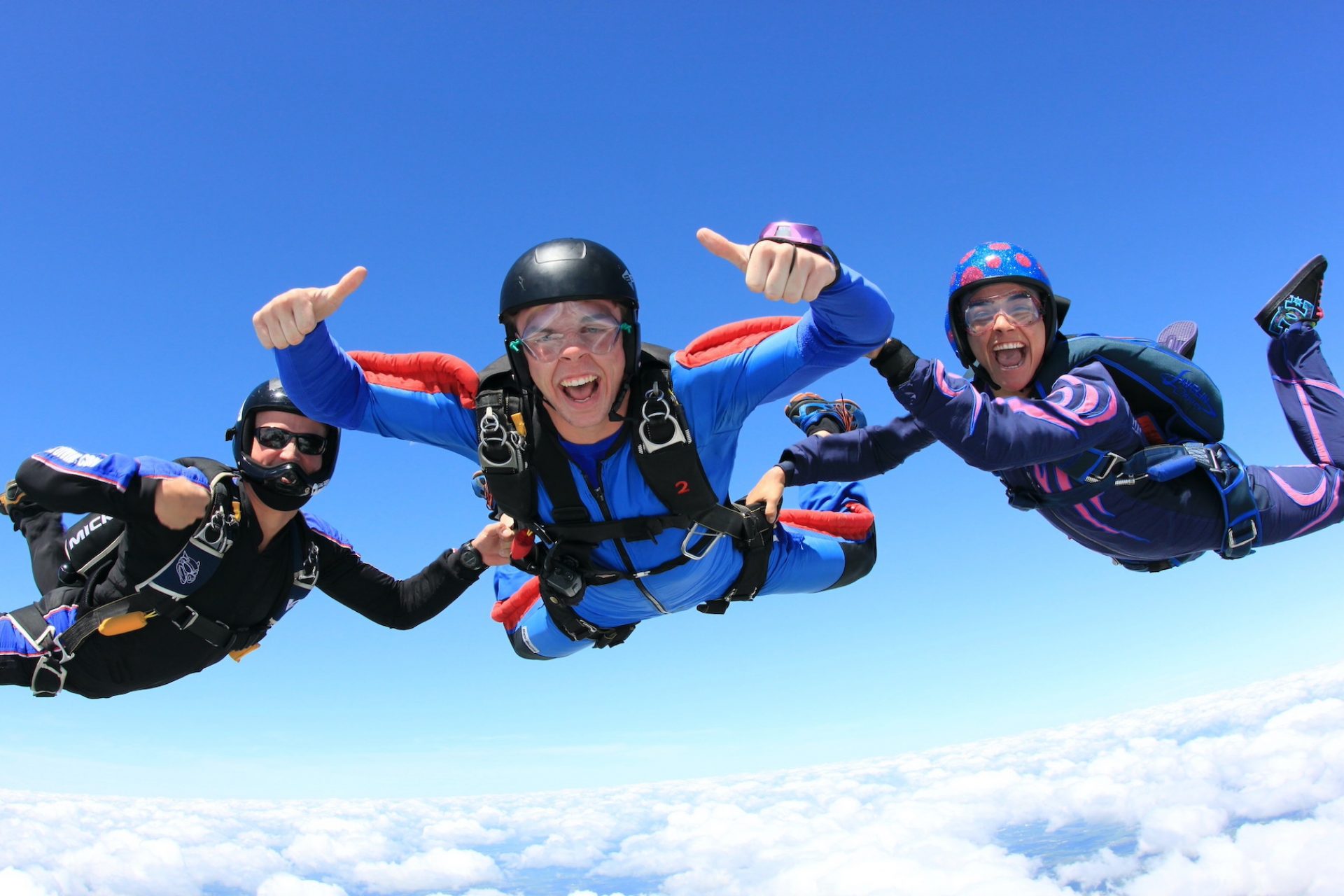Everest Base Camp Trekking is a rare affair, and the most unforgettable lifetime experience imaginable. The trek takes you through the delightful Khumbhu Valley, fantastic Everest High Passes and dazzling Sherpa villages driving you towards the Base camp of the Mighty Everest at 5430 meters.
The undertaking typically takes 12-14 days including the flight day from Kathmandu to Lukla. Trekkers finish the climb at their leisure; some of them even take longer than two weeks. At the start, trekkers are joined by their guide and footmen in Lukla. Sherpas are the official aides throughout the trip; during the climb you will discover their extraordinary culture and unblemished way of life in the Himalayas. Trekking to the base camp of Mt. Everest is a strenuous yet immensely rewarding experience. Lukla to Phakdinng to Namche Bazaar at 3400 meter rise; the main staging point and last commercial town before the onward journey to Everest Base Camp. Trekkers usually spend a couple of evenings here resting in lodges and appreciating the hot showers, food and wifi before heading off to less communicative zones with less supplies: Tengboche is a fascinating settlement with its old Buddhist Monasteries including Tengboche Gompa assembled in 1916 and Dingboche is another small Sherpa town which trekkers pass through. Amazing views of Mt. Ama Dablam (6812 meters) as well as the three recorded eight thousanders: Cho Oyu (8188 m), Mt, Lhotse (8516 m) and Mt. Makalu (8463 m) are to be enjoyed and then Gorak Shep is the last stop before completing your Everest base camp trek. Kala Pathar Summit (5643 m) gives an extraordinary close up perspective of Mt. Everest alongside two other pinnacles, Nuptse (7861 m) and Chnagtse (7543 m). The Everest base camp is set at an elevation of 5300 m. A few hours of climbing from Gorak Shep arrives at the Everest Base Camp. Trekkers at long last get the opportunity to unwind, as the greater part of the campaign is done here. On returning, trekkers have the choice to either backtrack a similar course or experiment with an alternative route.
We begin this outing with a beautiful flight from Kathmandu to Lukla. Lukla, is the beginning stage of our real trek. Going through Phakding, we will achieve Namche, the Sherpa Kingdom, frequently touted as the Gateway to Everest. We then propel our trek towards EBC by way of Tengboche, Dingboche, and Lobuche. Everest Base Camp is certainly the best choice for any ambitious trekkers prepared to make Everest Base Camp Trek more than a significant moment, but a real life changing experience!
Highlights
Amazing acclimatization, giving high achievement rates and ultimate satisfaction
Trek to both Everest Base Camp and Kala Pattar
Very experienced Sherpa pioneers, some of whom are Everest summiteers
Four-star lodging, time to unwind and a mobile visit while in Kathmandu
Best Time
There are two discrete trekking season in Nepal. Everest Base Camp trek best time of year is March, April and May (pre-storm) and late September, October, November and December (post Monsoon).
Difficulty
Everest Base Camp trek requires no climbing mastery and there are unquestionably no specialized climbing segments, that said, a level of fitness is essential and you ought to have the capability to trek the course. We have seen old and youthful, overweight and underweight finish the trek – all with a grin all over!
So, there are unquestionably a few factors that ought to be considered preceding your trek, for example, height, length and preparing that will empower you to better comprehend what you are getting yourself into before choosing.
Highlights
Energizing mountain flight Kathmandu/Lukla
Namche Bazaar passage of Mt. Everest
Sherpa culture and way of life in Khumjung
Everest all encompassing perspective from Syangboche
Tengboche religious community
Climbing Kalapathar (5555m)
Extraordinary perspective of Mt Everest, Mt Lhotse and the mountains of Kalapathar



